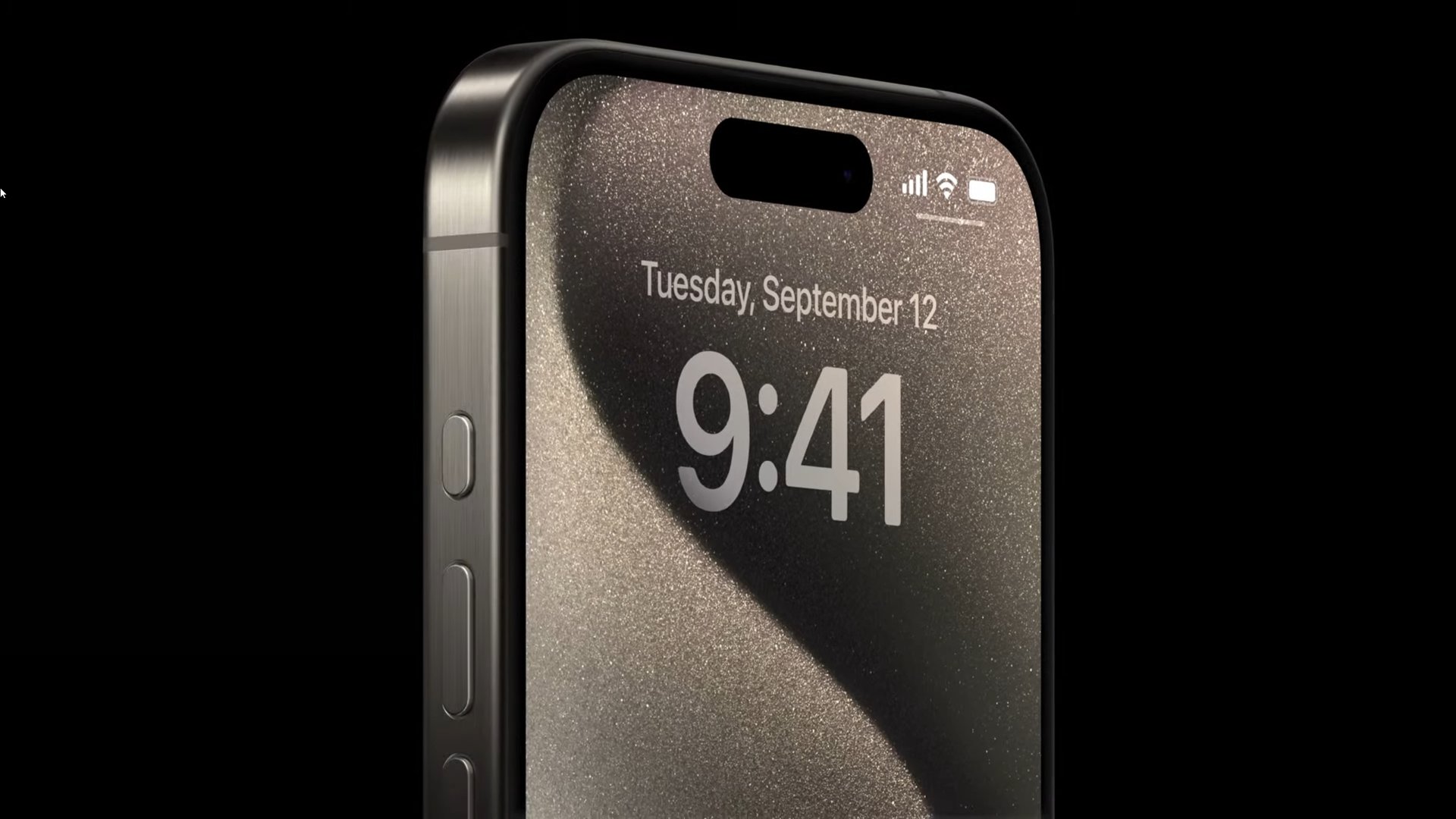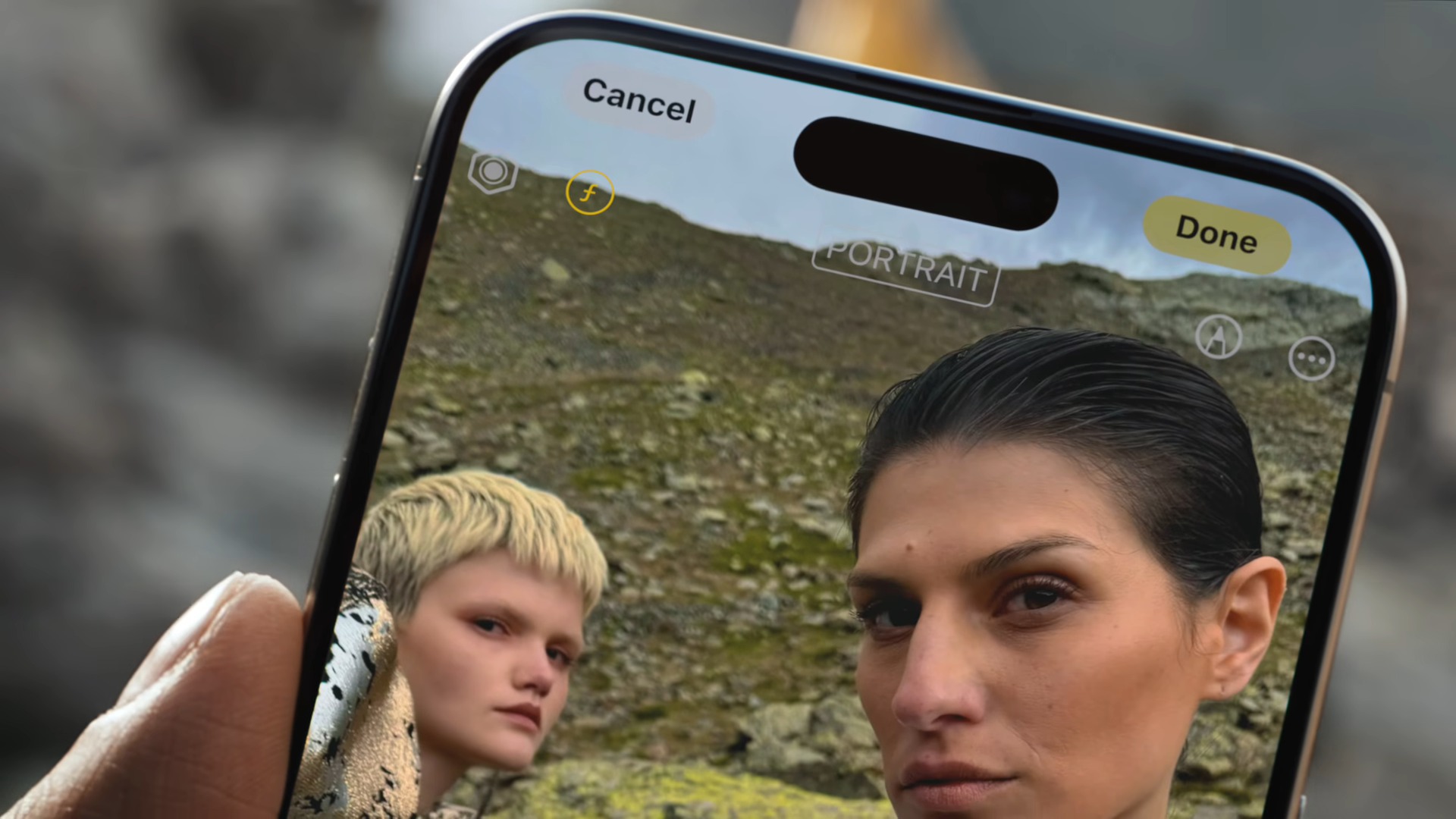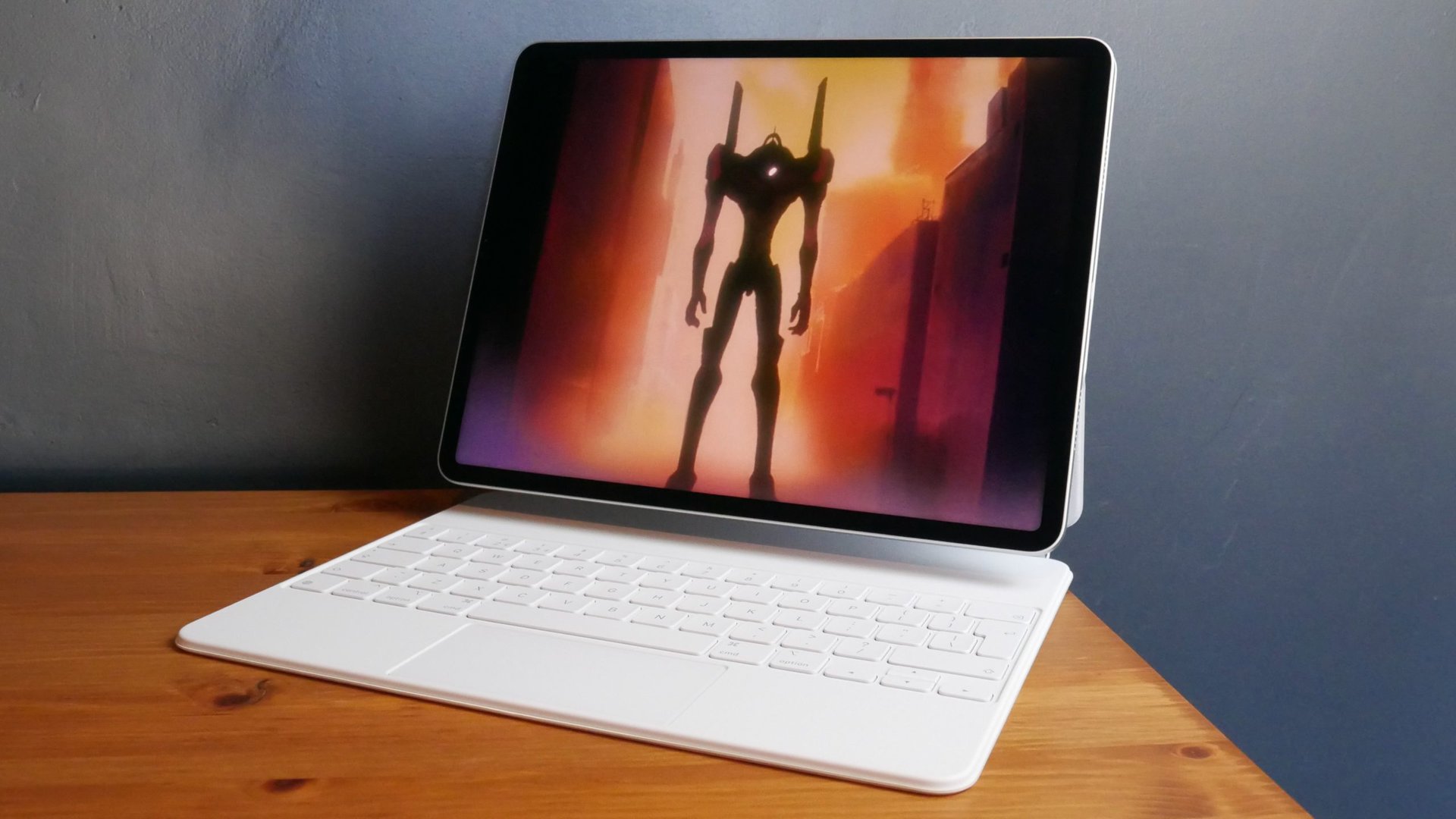Affiliate links on Android Authority may earn us a commission. Learn more.
What is a Super Retina XDR display?

Apple is fond of coining new terms for its spins on existing technologies, and perhaps nothing exemplifies that more than “Super Retina XDR.” You’ve probably seen that label attached to a few products, including the new iPhone 15 lineup. So what is Apple actually talking about with this bulletpoint?
QUICK ANSWER
Super Retina XDR is Apple's branding for iPhone AMOLED displays that support high brightness and contrast, including HDR formats.
JUMP TO KEY SECTIONS
What is a Super Retina XDR display?

The easiest way to explain this is by charting the evolution of iPhone screens. The term “Retina Display” dates back to 2010, and was used to emphasize the 326ppi pixel density on the iPhone 4, which Apple claimed made it hard for the human eye to discern individual pixels. The exact density needed for this effect is disputed, and depends on distance, but we digress.
With the arrival of the iPhone X, Apple decided to mark the switch to an AMOLED display by invoking the term Super Retina. That lasted until the launch of the iPhone 11 Pro and Pro Max, when Apple decided to add XDR into the mix.
XDR stands for Extended Dynamic Range. That translates into improved contrast and higher peak brightness, which is of course useful both outdoors and for HDR photos and videos. It’s not fundamentally different from what you’ll find on flagship Android phones using OLED.
Super Retina XDR vs Liquid Retina XDR: What’s the difference?

Liquid Retina XDR displays rely on mini-LED technology instead of OLED. On a per-inch basis, this is less expensive while providing many of the same benefits, since you still get improved brightness and contrast versus LCD. Mini-LED enables hundreds or even thousands of local dimming zones, ensuring for example that the shadows in a movie scene are truly black instead of gray.
The technology has proven controversial though, since as even Apple acknowledges, those dimming zones are still larger than individual pixels. That can create a “blooming” halo effect, say around stars or planets in an otherwise dark night sky.
Super Retina XDR doesn’t have this problem. Since it’s based on OLED, each pixel can self-illuminate, guaranteeing perfect contrast. Liquid Retina XDR exists purely for cost reasons, making it more economical to enhance contrast on big screens. Indeed the only devices that currently use the tech are the 12.9-inch iPad Pro and 14- and 16-inch MacBook Pros.
Super Retina XDR vs Dynamic AMOLED 2X: How do they compare?
As we explain in a related guide, there’s no intrinsic difference. Both technologies are based on OLED, and “XDR” and “dynamic” refer to similar concepts, including support for HDR. Dynamic AMOLED is mostly just Samsung branding, although the company does claim to filter blue light to reduce eye strain and improve sleep.
Which Apple devices have Super Retina XDR?
To date, Super Retina XDR has been exclusive to iPhones. The following models are equipped with it:
- iPhone X
- iPhone XS and XS Max
- iPhone 11, 11 Pro, and 11 Pro Max
- iPhone 12, 12 mini, 12 Pro, 12 Pro Max
- iPhone 13, 13 mini, 13 Pro, 13 Pro Max
- iPhone 14, 14 Plus, 14 Pro, 14 Pro Max
- iPhone 15, 15 Plus, 15 Pro, 15 Pro Max
FAQs
Yes. Super Retina XDR is Apple’s branding for iPhone AMOLED displays that support high brightness and contrast, including HDR formats.
No. The biggest Super Retina XDR display, the 6.7-inch unit on the iPhone 15 Pro Max, still only has a resolution of 2796 x 1290.
Strictly speaking the answer to that would be e-ink, since it merely reflects light rather than projecting it. Otherwise the answer is going to be OLED, since unnecessary pixels can shut off completely.